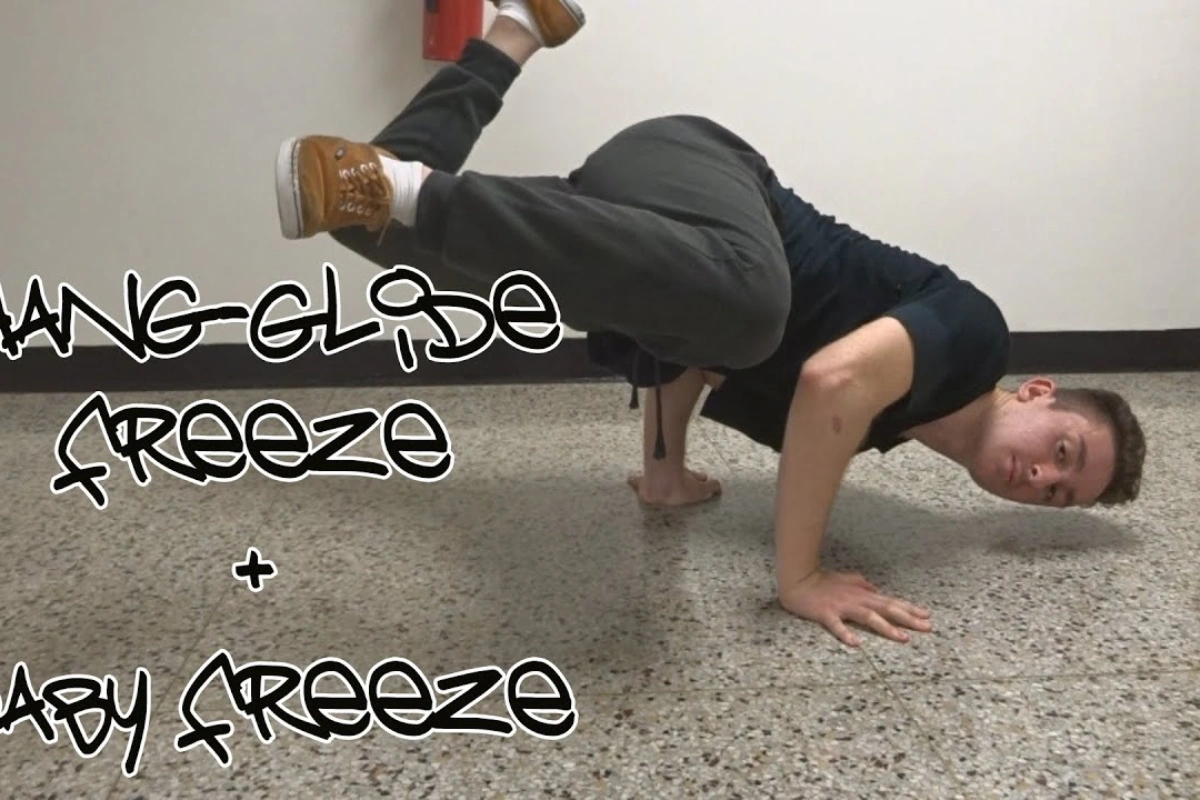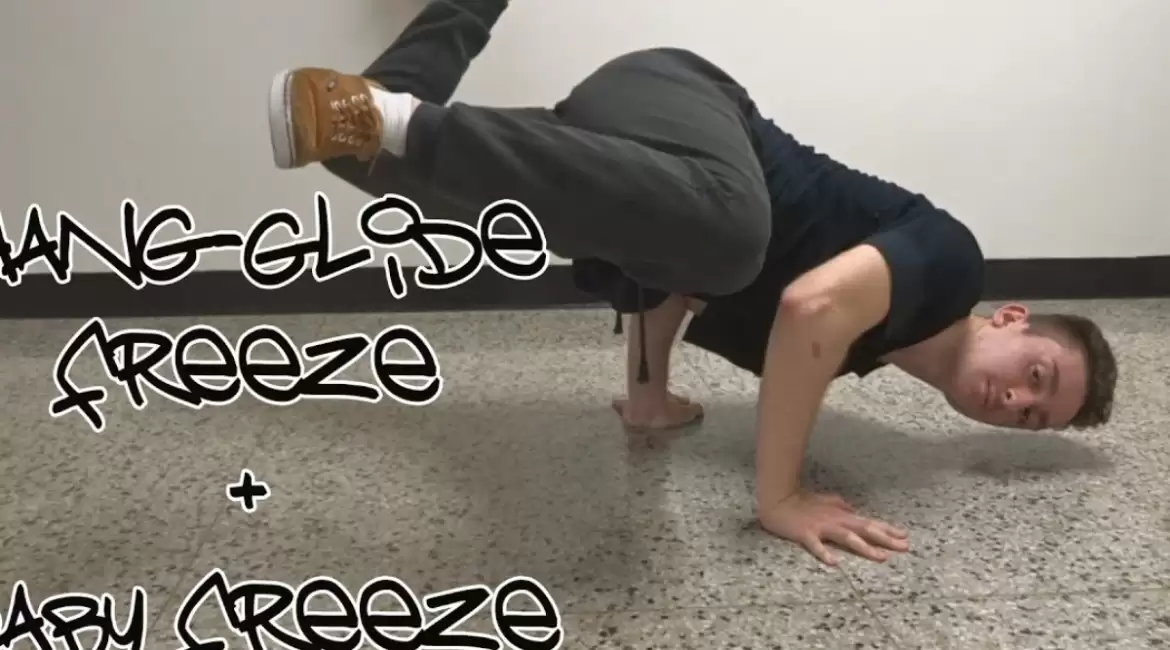In the dynamic world of breaking, the handglide stands as an iconic maneuver that blends athleticism with artistic expression. Originating from the streets of New York City in the 1970s, this move has evolved into a fundamental element of b-boying, captivating audiences with its blend of balance, control, and creativity.
The handglide, characterized by its spin on one hand while maintaining a frozen position with the rest of the body, exemplifies the ingenuity and skill within breaking culture. Beyond its technical execution, the handglide embodies the spirit of innovation, as breakers continuously push the boundaries of what is possible through variations and personal style.
This exploration delves into the essence of the handglide—its history, foundational techniques, and the artistic freedom it offers to dancers worldwide. From its humble beginnings to its prominence on global stages, the handglide remains a testament to the dynamic evolution of breaking as both a competitive sport and a form of creative expression. Join us on a journey through the intricacies of the handglide, where athleticism meets artistry in one exhilarating motion.
What is the Handglide Move?
The handglide move in breaking involves spinning in place using one hand for support, akin to a one-handed spinning turtle freeze. In the expansive world of breaking, which boasts numerous moves, variations, and original styles, getting started can seem daunting. Many breakers initially focus on different forms of footwork, but as they progress, the allure of power moves becomes irresistible.
For beginners, mastering foundational moves like the turtle freeze is crucial. This freeze is considered fundamental due to its basic floating position. As dancers advance, they often transition to more complex maneuvers such as the handglide. This move demands both balance and agility, requiring dancers to spin on one hand while maintaining control and precision.
Thus, the handglide represents a significant step in a breaker’s journey, blending athleticism with artistic expression. It epitomizes the dynamic evolution within breaking, where creativity and technical prowess converge to push the boundaries of what’s possible in dance.

Handglide Variations
Handglides, classified under the “float” category in breaking, represent a variation derived from the turtle freeze. However, within the realm of handglides, there exists a diverse array of variations that add depth and creativity to this foundational move.
Once one has mastered the basic handglide, the journey into advanced power moves opens up, introducing a spectrum of exciting variations:
- Airbaby Spin: This variation involves performing handglides while in the airbaby position, adding an aerial element to the spin.
- Airchair Spin: Similar to the airbaby spin, this variation employs the airchair position, enhancing the challenge and aesthetic appeal of the handglide.
- Gremlin (Air Glide): Also known as the air glide, this move resembles a spinning one-hand tuck planche, drawing comparisons to gymnastics’ Kher. It requires precise balance and strength.
- Fistglide: In this variation, handglides are executed with the fist instead of the palm flat on the ground, altering the dynamics and balance requirements.
The versatility of the handglide lies in its adaptability to various body positions and styles. The fundamental rule remains constant: using one hand as the pivot point for spinning. Beyond this guideline, practitioners are encouraged to explore creative interpretations, allowing for a wide range of personal expression and innovation within the art form.
Thus, handglide variations not only enrich the visual and technical aspects of breaking but also underscore its evolution as a dynamic and expressive dance discipline. Each variation offers a unique challenge, pushing dancers to continually refine their skills and expand the boundaries of what is achievable in breaking.
The History of the Handglide
The evolution of breaking was forever altered with the introduction of power moves, marking a defining moment that captured mainstream media attention. Emerging in the 1970s, the turtle freeze was among the initial moves to gain prominence, pioneered by early b-boys on the streets of New York City. However, it didn’t take long for pioneering breakers to innovate and expand upon this foundational freeze.
Handglides emerged as a natural progression from the two-handed turtle freezes seen in the early days of breaking. One of the pivotal figures credited with developing and popularizing the handglide is B-boy Weebles, who rose to prominence in the late 1970s to early 1980s. His contributions to the breaking scene were instrumental, pushing the boundaries of what was possible in this dynamic dance form.
The Rock Steady Crew, renowned for its role in propelling breaking from local street culture to global recognition, notably showcased handglides as early as 1981. Their performances not only captivated audiences but also solidified handglides as a signature move within breaking culture.
The history of handglides exemplifies the innovation and creativity that define breaking. From its humble origins on the streets of New York City to its transformation into a global phenomenon, breaking continues to evolve, with handglides remaining a cornerstone of its expressive repertoire. As the art form expands and diversifies, handglides stand as a testament to the ingenuity and skill of its practitioners, influencing generations of breakers worldwide.

How to Do a Handglide for Beginners
Embarking on learning any new breaking move requires humility and a commitment to building solid foundations. The physical demands of breaking make injury prevention a top priority, with studies indicating that a significant majority of breakers have encountered injuries during their practice.
In this tutorial, we’ll delve into mastering the foundational aspects of the handglide before progressing to advanced techniques and variations. Follow these detailed steps to refine your technique and develop confidence in executing the handglide:
Step One – Establishing the Starting Position
The success of your handglide hinges on achieving the correct starting position. Begin by squatting down and placing your palms flat on the floor. To enhance stability, spread your fingers wide, ensuring that the fingers of your left hand point to the left.
Next, move your legs backward until they rest on the floor, resembling a push-up position. Maintain a straight alignment from your head down to your feet, which is crucial for stability and control.
Step Two – Initiating Lift-Off
Transition smoothly into the lift-off phase by lowering yourself onto your left arm until your forearm forms a perpendicular angle with the floor. Aim to keep your left bicep parallel to the floor throughout this movement. To ensure correctness, consider using a mirror or camera for immediate feedback during solo practice sessions.
Position your left elbow firmly against the left side of your abdomen, providing essential support for bearing your body weight. Once stable, lift your legs off the floor, adjusting them slightly to the left to optimize balance. Use your right arm to assist in maintaining stability, ensuring that all your weight remains centered on your left arm.

Step Three – Generating Controlled Motion
Many breakers inquire about generating momentum without resorting to leg kicks during the handglide. Remember, this move is fundamentally a freeze, requiring minimal movement apart from your supporting arm.
Mastering foundational techniques involves mastering subtle body adjustments that appear seamless to the audience. To initiate motion in the handglide, transfer your weight by leaning slightly forward. Control this movement by tilting your hips and pelvis in the direction of your glide. Each individual’s approach may vary, so dedicate time to practice and develop a keen sense of body awareness as you refine your technique.
By following these detailed steps and embracing a disciplined practice regimen, beginners can lay a solid groundwork for progressing confidently in mastering the handglide and exploring its diverse variations. Breaking demands perseverance and precision, rewarding practitioners with both physical prowess and artistic expression as they advance in their journey.
Summary
The handglide stands as a quintessential element in the rich tapestry of breaking, originating amidst the vibrant streets of New York City during the 1970s. This iconic move involves spinning on one hand while maintaining a frozen position with the rest of the body, requiring a delicate balance of strength, agility, and artistic finesse.
From its humble beginnings, the handglide has evolved into a defining feature of b-boying culture worldwide. It not only showcases the physical prowess of breakers but also serves as a canvas for creativity and innovation. Breakers continuously push the boundaries of the handglide, exploring various stylistic interpretations and incorporating personal flair into their performances.
The handglide’s significance extends beyond its technical complexity; it embodies the spirit of breaking as both a competitive sport and a form of self-expression. Its presence on global stages underscores its universal appeal, captivating audiences with its dynamic fusion of athleticism and artistic expression.
As we delve into the intricacies of the handglide, we uncover not just a dance move, but a cultural phenomenon that continues to inspire and define the ever-evolving landscape of breaking. Join us as we explore the history, techniques, and transformative impact of the handglide—a testament to the enduring legacy of breaking and its enduring influence on contemporary dance.


Leave a reply